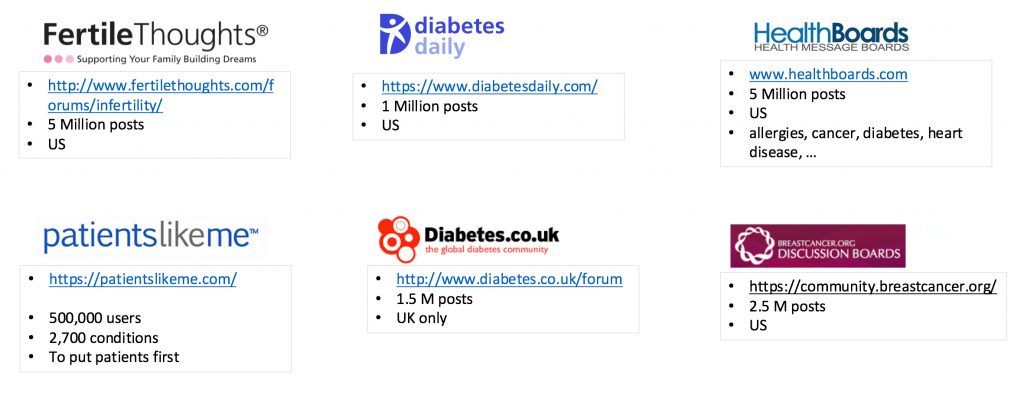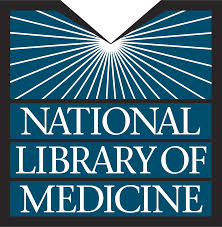Voice of the Patient and Patient-Centered Health Care
The modern definition of “patient centered health care” was stated in the National Library of Medicine’s MED-LINE subject heading (MeSH), introduced in 1995, which reads, “Design of patient care wherein institutional resources and personnel are organized around patients rather than around specialized departments.”
Following this design criterion, patients’ safety and well-being are the priority for all the agents involved in this industry: caregivers, pharmaceutical companies, medical device manufacturers, health insurers, and government agencies. And, being the center of our health systems, listening and engaging patients becomes the cornerstone of any quality improvement initiative. That’s why the so called “Voice of the Patient” is getting an increasing attention by all the stakeholders involved.
Voice of the Patient: Government Initiatives
In the last decade, the US government has embraced several initiatives linked to the Voice of the Patient.

HCAHPS – Hospital Consumer Assessment of Healthcare Providers and Systems
HCAHPS is a patient satisfaction survey required by CMS (the Centers for Medicare and Medicaid Services) for all hospitals in the United States. It was developed by CMS partnering with the Agency for Healthcare Research and Quality (AHRQ), another agency in the federal Department of Health.
The survey is very important for hospitals, as HCAHPS results are published on the internet, impacting reputation. On top of that, the Affordable Care Act now links performance related to patient-experience metrics to reimbursement.
FDA – Patient Networks
Created in 2012, the FDA Patient Network (PN) is part of the Office of Health and Constituent Affairs (OHCA). PN is a comprehensive program that works to expand and sustain communication with patients and their community. The PN also helps educate patients, patient advocates, and their healthcare professionals about medical product regulations and tries to involve patients more effectively in regulatory decisions related to medical product safety and approval.
FDA – Patient-Focused Drug Development Initiative
FDA’s PFDD initiative was started in 2013, aiming to gather patients’ perspectives on their condition and available therapies. As part of this commitment, FDA is holding a series public meetings; each focused on a particular disease area. As a result, Voice of the Patient reports summarize the input provided by patients and patient representatives at each of these public meetings. As this “pilot” initiative is concluding, the FDA is passing the baton to patient organizations, with the FDA attending and participating.
Patient Experience: Hospital Initiatives
Many hospitals are implementing a variety of strategies to better understand patient needs and to improve the overall patient experience:
- Patient Experience Departments: As an example, the Office of the Patient Experience at Cleveland Clinic serves as an advisory resource for critical initiatives, providing resources and data analytics; identifying, supporting, and publishing sustainable best practices; and collaborating with other departments to ensure the consistent delivery of patient-centered care.
- Voice of the Patient Advisory Councils: Identifying a group of patients that can act as the customers’ “voice” is a simple but effective way to avoid losing touch with patients’ evolving needs. Today, Voice of the Patient Advisory Councils at the Cleveland Clinic assist with redesigning waiting rooms, providing advice on improving the admission guide, and helping managers better understand communication needs in the hospital.
Pharma Industry: engaging with Patient Organizations
Patients are indispensable stakeholders for the Pharma industry, helping to guide their R&D, as well as their policies. In particular, during the drug design phase, pharmaceuticals try to adapt their clinical trial models to include more real world data and therein ensure that patient interests are more centrally represented throughout the drug development cycle.
Pharmaceutical companies develop strict policies to ensure that their relationships with Patient Organizations are open and transparent, safeguarding the independence of the groups that they support. (Of course, there are strong regulatory measures that enforce this behavior.)
But, where is the “Real” Voice of the Patient?
As seen above, all the incumbent stakeholders rely long time ago on Patient Organizations to convey the opinions and experiences of patients along the health system, which is, no doubt, good news.
During the last decade, the internet has radically altered the position of patients, and there is extensive evidence that the resulting empowerment has brought significant improvements to the dialogue between patient organizations, on one side, and government, caregivers and pharma companies on the other.
Social media and online forums have burst into the health arena, providing today an incredible source of spontaneous “Real World Data” or “Real World Evidence” about health issues. Take as an example the case of rare diseases, where social media and forums have proved to be vital tools, able to engage patient communities that were hitherto almost invisible.
Take a quick view to the accompanying figure, showing the size of a few of these internet sources:

- PatientsLikeMe: 500,000 users, 2,700 conditions
- FertileThoughts: 5M posts
- DiabetesDaily: 1M posts
- HealthBoards: 5 M posts
- BreastCancer: 2.5 M posts
Due to the volume, variety, and velocity of growth (the attributes of what we call “Big Data”), forums remain an untapped source of Real World Evidence, yet to be exploited by the actors of our health systems.
These thoughts were the starting point of our talk at the Real World Evidence Forum, held in Philadelphia, 17-18 July 2017, entitled “How to extract Health Market Intelligence from the Voice of the Patient.”
This post has a continuation that you will see published in a few days, with a link to the slides of our presentation at the conference. Don’t miss it!
References:
Patient Centeredness, Cultural Competence and Healthcare Quality
S. Saha, M.C. Beach, L.A. Cooper. J Natl Med Assoc. 2008 Nov; 100(11): 1275–1285.
The Voice of the Patient: a National, Representative Study of Satisfaction with Family Physicians.
R. Wosolin. Quality Management in Health Care. 2005 Jul-Sep;14(3):155-64.
Voice of the Patient: the Essence of Patient-Centered Care
J. Jacobs. Critical Care Nursing Clinics of North America. 2010 Jun;22(2):227-32.
Our 20th Patient-Focused Drug Development meeting: Enhancing the patient’s voice in FDA’s approach to drug review and development
T.M. Mullin. FDA Voice. October 4, 2016.
Jose Gonzalez & Eduardo Valencia



